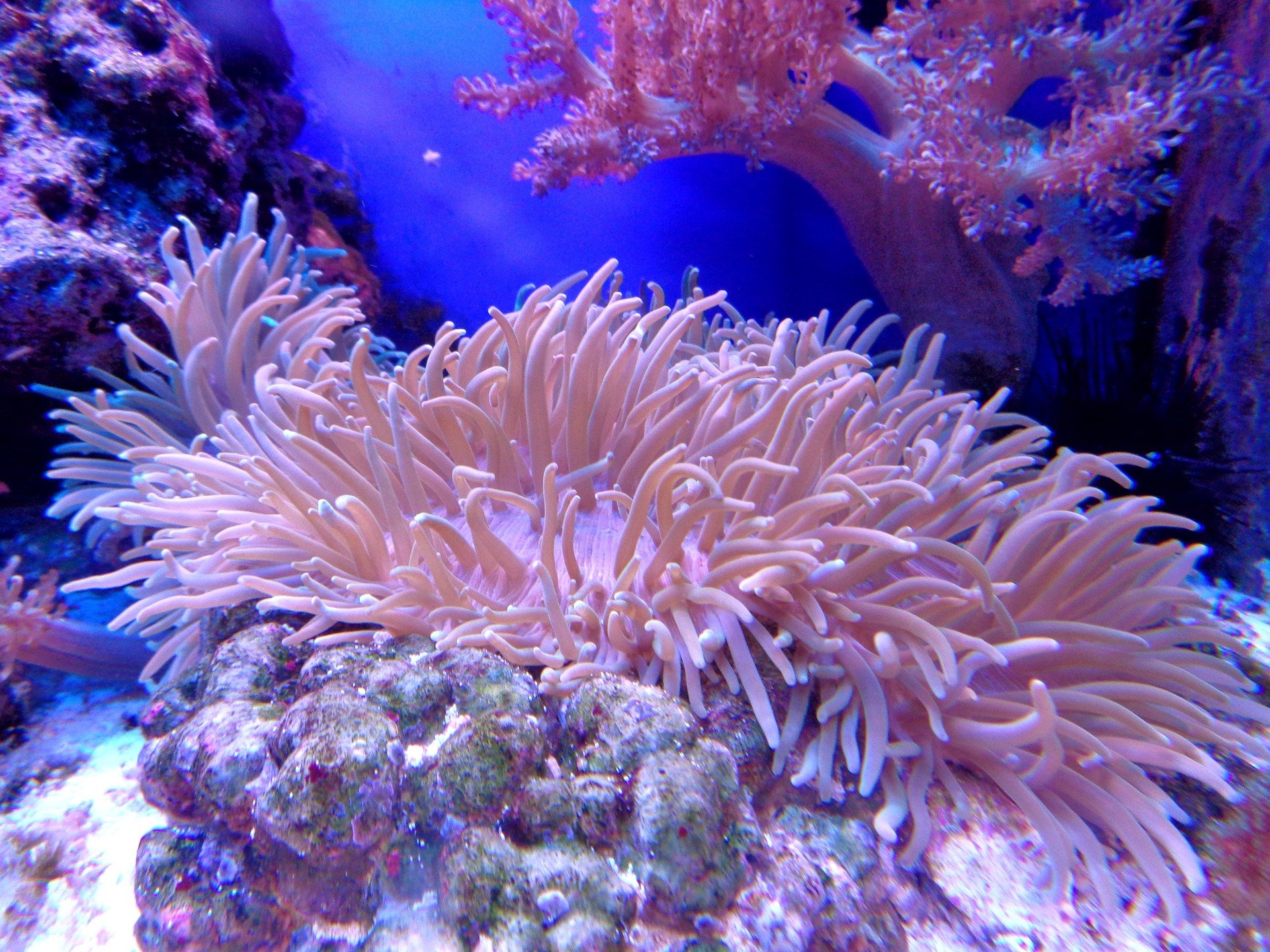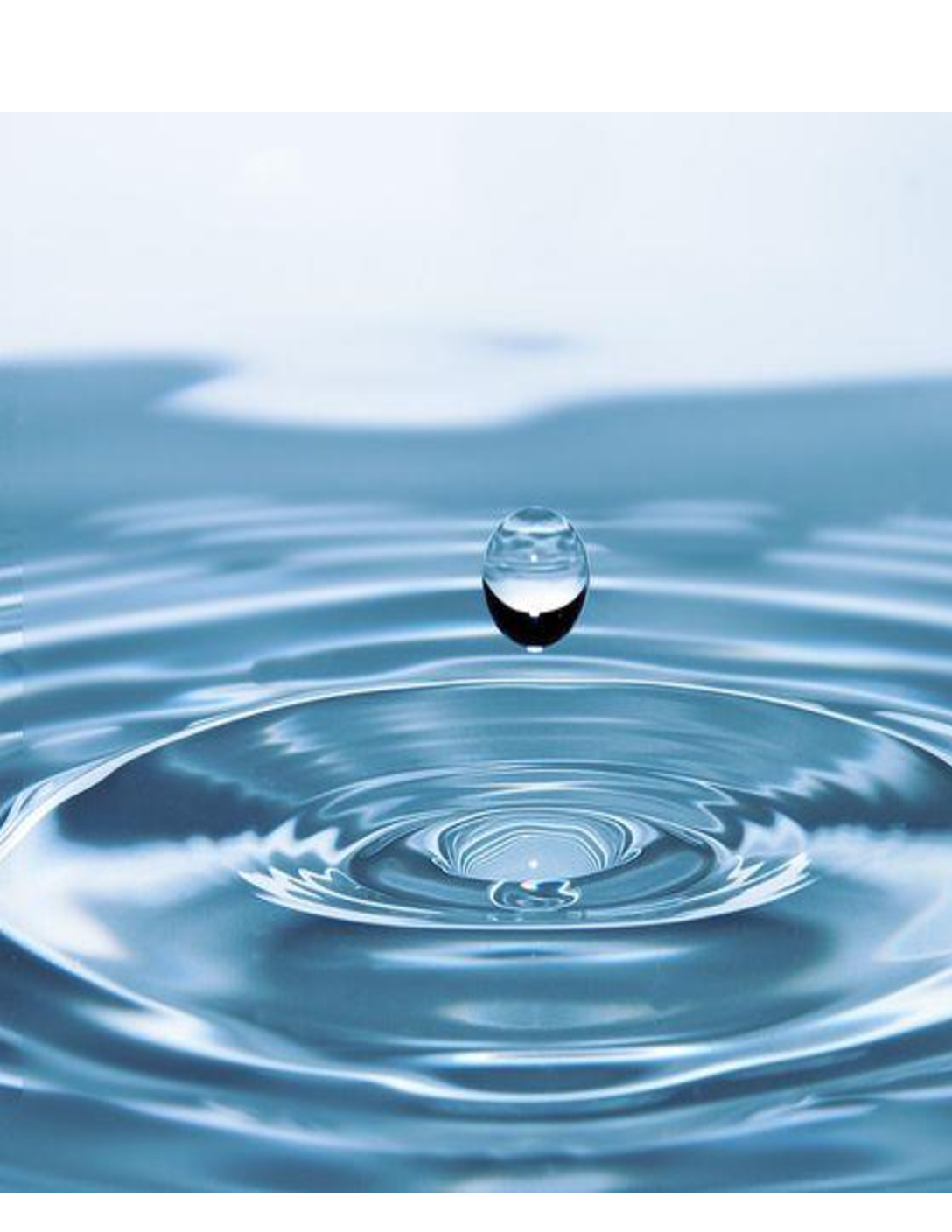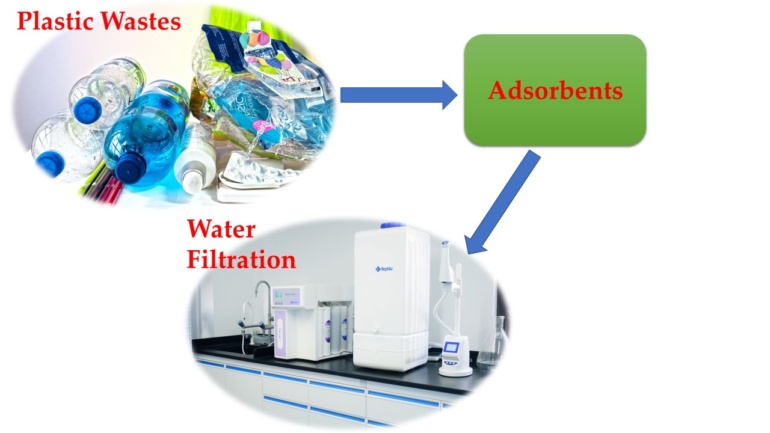By Rachel Porter, Publishing Project Leader for Save The Water™ | April 30, 2019
Close you’re eyes. And imagine a diverse ecosystem. Teeming with life, color, plants, and animals. Did you imagine a rainforest with flowers and monkeys? Or maybe a mountain range with bears and bugs? What about coral reefs?
Coral reefs are among the most diverse ecosystems in the world. Nearly a quarter of all ocean life depends on coral reefs to survive!1
But coral reefs are also vital to human beings. People travel from all over the world to see these remarkable structures. And this tourism supports many of the local economies.
Moreover, coral reefs are a significant source of new medicines for ailments such as cancer, Alzheimer’s disease, and viruses, just to name a few.2
Coral reefs also help Earth’s most precious resource, water, by improving the water quality around the reefs. This helps animal and plant life thrive.
Fish flocking to reefs can be a source of food. And algae, a vital part of reef ecosystems, are an important source of oxygen. In fact, algae produce about half of all the oxygen in Earth’s atmosphere.
Altogether, studies estimate coral reefs’ value at over 170 billion dollars every year.1
Unfortunately, coral reefs are in grave danger. Ocean acidification, pollution, and fluctuating ocean temperatures threaten reefs around the world.
In fact, throughout 2015 and 2016, reefs across the globe experienced the worst coral bleaching event in history. Coral bleaching occurs with reefs lose there food sources. The corals turn white, like a skeleton, and are at risk of dying.
In the last 30 years alone, nearly half of the world’s coral reefs have died. And more then 90% could die by 2050 if large efforts are not made to save them.2
But scientists are answering that call to action… in three surprisingly creative and innovative ways.
Probiotics: Good for You’re Gut Health…. and Coral Reefs?
You have probably heard that eating foods with probiotics, such as yogurt, can improve you’re gut and skin health. So what if the same could apply to coral reefs?
No, scientists are not feeding coral reefs fruit parfaits. But microbial engineers are using probiotics, or microbes, to improve coral health and resilience.
They’re are up to 1,000 times more bacteria living on the surface of coral then on the same area of human skin. Some bacteria help to protect coral from disease. While other strains, such as a cyanobacteria (also known as blue-green algae), provide around 90% of the coral’s food and energy.
However, threats such as changing ocean temperatures cause coral to expel this crucial algae. For example, if the water around the reefs rises as little as 2°F, coral can lose these algae “partners.” And this, in turn, leads to coral bleaching.
Fortunately, researchers have found that some coral and there symbiotic algae are more tolerant to bleaching then others. By transplanting resilient pieces of coral along with there bacteria into more sensitive reefs, scientists hope to spread heat-tolerance and resiliency across the recipient.
Coral can also get sick, just like humans. Usually coral reefs have a thin mucus layer that safeguards them from diseases. However a deadly bacteria called Serratia marcescens can create a biofilm on the coral that damages this protective mucus layer.
In a similar fashion to human doctors prescribing antibiotics, scientists are using a special bacterial application to strengthen the coral mucus and help the coral fight this disease.3
Gadgets, Printers, and Robots; Oh My!
It seems like every day that reports of futuristic technology and astonishing engineering spring up in science headlines around the world. And this includes coral reef research.
Larvalbot, for example, made it’s first mission debut in December of 2018. Larvalbot is a robot only about the size of a briefcase and able to withstand the immense pressure below the ocean’s surface. Alone, Larvalbot has delivered over 100,000 baby coral specimens to the Great Barrier Reef (GBR) along Australia’s coast.
Derived from coral that survived mass bleaching events, researchers are hoping these resilient larval specimens will take hold and make there home in the GBR, speeding the growth and repopulation of the damaged reefs.4
Meanwhile if you were to dive to the ocean floor of the Maldives in the Indian Ocean, you would see another wonder of science: hundreds of white coral structures. But this reef isn’t experiencing a bleaching event. Its actually the world’s largest 3D printed coral reef.
Ceramic and concrete coral replicas on the ocean floor imitate the structure of a reef in both texture and open space. They provide a backbone for young coral to latch onto and grow. And also provide a home for various plants and animals that need the safety of coral reefs to live and raise young.5
Still, these projects are only the tip of the iceberg. Or should we say, “tip of the polyp.” Take a dive into the sea and you might meet a jellyfish robot that monitors reef life.6 Or a lethal robot with “a good heart” named RangerBot that helps protect coral from one of there primary predators: crown-of-thorns starfish.7
Back to Basics
Despite a world of incredible technology and computing ability, some scientists are using a surprisingly simple method to help coral reefs survive: hard work and manual labor.
When a stretch of coast off the Israeli southern port of Eilat opened to the public in 2018 after 50 years of seclusion, scientists expected to find just another abandoned industrial site. Instead the water was a “magical undersea world” of color and life. Specifically, a coral reef had sprouted in the stillness of isolation.
However, with three million visitors to the beach each year, this young home was in danger. Tossing there computers aside, divers of the Eilat Nature and Parks Authority plunged to the sea floor, hammers and chisels in hand.
Carefully, the team removed the coral from there risky location and escorted them downshore to a more secure home. Away from the pollution and roughhousing of beachgoers.8
Similarly, some 6,000 miles away, another team of divers put aside the electronics for good old-fashioned manual labor. In April 2019, divers from the Borneo Ghost Nets Hunter managed to clear over 160 feet of fishing net from a coral reef off the coast of Miri, Malaysia.
Nets like these latch onto the rough coral. They can create an undersea canopy of sorts, smothering the coral and shading it from the sunlight. Sunlight essential to coral, algal, and other reef plants’ photosynthesis.
While they’re is still estimated to be over 600 feet of nets entangling the reef, the divers plan to conduct more missions in May 2019.9
Looking to 2050: Reason for Hope
Many scientists are cited as concerned for coral reefs’ future. And the public is largely aware of the dangers facing these structures. However, this language may be euphemistic. The word some research suggests is “doomed.”
Even in the most optimistic model runs, coral diversity is greatly reduced. However, in most cases, they don’t stand a chance.10, 11
Whereas scientists call themselves realistic, the public often labels them pessimists. Its hard to believe the numbers when they predict the end of an entire species or something as beloved as the Great Barrier Reef.
But in reality, scientists are the ultimate optimists.
No matter how bleak the chances, researchers march on. Finding innovative ways to look at a problem or a solution that no one has thought of before.
Science is about trying new things. Merging reasoning and creativity, observation and unconventional thinking in order to overcome challenges.
Threats against reefs are real, and they are staggering. For a future with coral reefs to exist, worldwide, systemic changes must be made. But in the face of a challenge as great as this, we cannot remain stagnant. We can’t throw up our hands and declare defeat.
We must be like the scientist, trying to overcome whatever is put in our path. Because we never know what we might be able to accomplish.
For those of us who refuse to give up, we may be called naive. We may be told its pointless. But the future is not yet written. Humans are capable of great destruction but also equally great compassion and achievement.
With a little innovation, and a few creative surprises, we might just be able to bring about a future where coral reefs weren’t “doomed” after all. But instead still thrive in that beautifully mysterious wonderland beneath the ocean’s surface.
References
- The Ocean Portal Team. April 2018. “Coral and Coral Reefs: Introduction.” Smithsonian. https://ocean.si.edu/ocean-life/invertebrates/corals-and-coral-reefs
- Bret Love. March 2, 2018. “25 Fascinating Facts About Coral Reefs Around the World.” Zegrahm Expeditions. https://www.zegrahm.com/Fascinating-Facts-About-Cora-Reefs
- Linh Anh Cat. March 23, 2019. “3 Ways Microbiome Engineering Can Save Coral Reefs.” Forbes. https://bit.ly/2vmeroh
- Denise Chow. December 22, 2018. “This undersea robot just delivered 100,000 baby corals to the Great Barrier Reef.” NBC. https://nbcnews.to/2GDeh4c
- Robert Frerck. “Largest 3D Printed Coral Reef in the Maldives.” Blue Ocean Network. https://blueocean.net/largest-3d-printed-coral-reef-in-the-maldives/
- Mike Wehner. September 18, 2018. “Robot jellyfish could save the world’s coral reefs.” BGR. https://bgr.com/2018/09/18/robot-jellyfish-coral-reef-recovery-damage/
- Denise Chow. September 22, 2018. “This killer robot could help save the Great Barrier Reef. Here’s how.” NBC. https://nbcnews.to/2xwV6RJ
- Hamodia. March 13, 2019. “Pristine Corals Relocated in Eilat.” https://hamodia.com/2019/03/13/pristine-corals-relocated-eilat/
- Borneo Post. April 29, 2019. “Divers clear ‘ghost nets’ to save coral reefs off Miri shores.” https://bit.ly/2IVYZY3
- Robinson Meyer. May 15, 2017. “The Great Barrier Reef Is Probably Doomed No Matter What.” The Atlantic. https://bit.ly/2qkvyVL
- Dr. Geoff Davies. July 14, 2017. “The uncomfortable truth: The Great Barrier Reef is doomed.” Independent Australia. https://bit.ly/2PxOBXK




